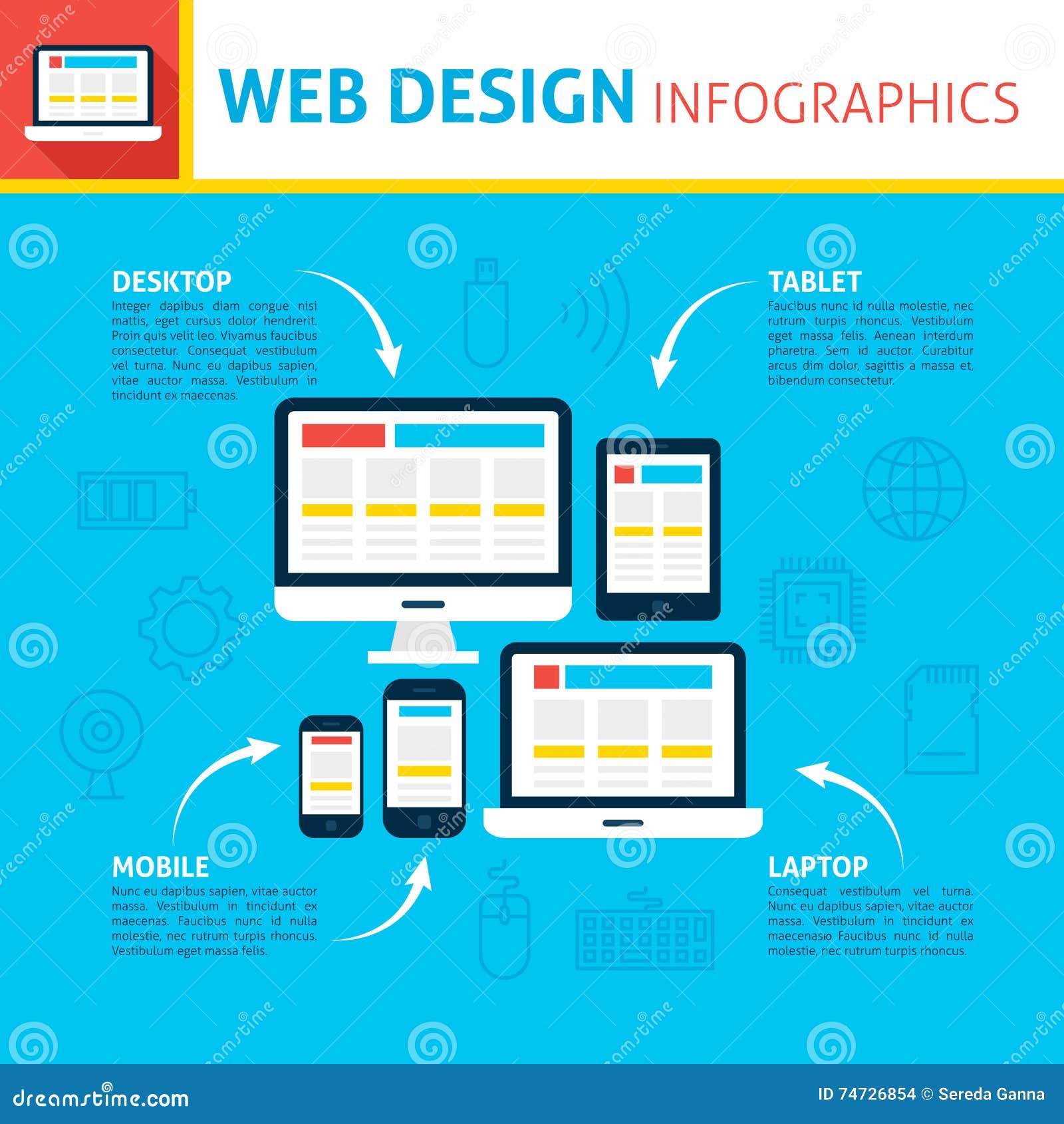Fascinated In Finding Out How Website Layout Has Transformed Over The Years? Check Out The Development From Basic, Straightforward Layouts To User-Centered Techniques That Focus On The Requirements And Preferences Of On The Internet Visitors
Fascinated In Finding Out How Website Layout Has Transformed Over The Years? Check Out The Development From Basic, Straightforward Layouts To User-Centered Techniques That Focus On The Requirements And Preferences Of On The Internet Visitors
Blog Article
Writer-Monroe Dodson
In the past, web sites were easy and concentrated on info. Navigating was direct, and style was for desktop computers. Now, customer experience is essential. Information guides layouts for very easy navigating. Receptive layouts match different tools. Today, dark setting lowers pressure, and minimal menus enhance navigating. Interactive attributes engage individuals, and strong visuals stand apart. AI assimilation increases engagement. See just how layout has actually evolved to enhance your on-line trip.
Early Days of Web Design
In the early days of website design, simpleness preponderated. Internet sites were basic, with minimal colors, fonts, and formats. The focus got on giving info rather than fancy visuals. Customers accessed the net via sluggish dial-up links, so speed and functionality were key.
Navigation menus were straightforward, usually located at the top or side of the page. https://www.prnewswire.com/news-releases/digital-marketing-market-to-be-valued-at-460-billion-by-2022-says-beroe-inc-301497636.html were designed for desktop, as mobile surfing had not been yet prevalent. Web content was king, and designers focused on simple readability over complicated layout aspects.
HTML was the main coding language made use of, and designers needed to function within its constraints. Animations and interactive features were marginal compared to today's standards. Sites were fixed, with little vibrant material or customized user experiences.
Surge of User-Focused Design
With the evolution of website style, a change towards user-focused design concepts has ended up being progressively prominent. Today, creating web sites that focus on user experience is crucial for engaging visitors and achieving service goals. User-focused layout involves understanding the needs, choices, and habits of your target market to tailor the web site's format, content, and includes as necessary.
wordpress search optimization conduct complete research study, such as user studies and functionality testing, to collect understandings and comments directly from individuals. This data-driven technique aids in developing user-friendly navigating, clear calls-to-action, and visually appealing user interfaces that resonate with visitors. By placing the user at the facility of the style procedure, web sites can provide a much more individualized and pleasurable experience.
Receptive layout has actually likewise become an essential aspect of user-focused design, guaranteeing that websites are enhanced for various devices and display dimensions. This versatility improves access and use, accommodating the diverse methods users interact with websites today. In https://digitalmarketingwebsite86420.blue-blogs.com/36580007/interested-by-the-power-of-regional-seo-reveal-the-crucial-suggestions-every-small-company-proprietor-must-recognize-to-improve-on-the-internet-presence-and-draw-in-even-more-consumers , the increase of user-focused style indicates a change towards developing digital experiences that prioritize the requirements and assumptions of completion individual.
Modern Trends in Website Design
Discover the latest fads shaping website design today. One noticeable trend is dark setting design, using a sleek and modern-day look while minimizing eye stress in low-light atmospheres. An additional key pattern is minimalist navigation, simplifying food selections and improving user experience by focusing on essential elements. Integrating micro-interactions, such as computer animated switches or scrolling results, can produce an extra appealing and interactive website. Responsive layout stays important, making certain smooth user experiences throughout various tools. In addition, using bold typography and unbalanced designs can include visual rate of interest and accentuate particular web content.
Integrating AI modern technology, like chatbots for client assistance or personalized recommendations, improves user involvement and streamlines processes. Ease of access has also end up being a considerable trend, with developers prioritizing comprehensive style practices to satisfy varied customer demands. Embracing sustainability by enhancing web site efficiency for rate and efficiency is an additional emerging trend in website design. Teaming up with user feedback and data analytics to repeat and boost layout constantly is crucial for staying relevant in the ever-evolving electronic landscape. By welcoming these modern trends, you can create an aesthetically attractive, straightforward web site that reverberates with your audience.
Verdict
As you review the advancement of internet site layout from the early days to currently, you can see how user-focused layout has come to be the driving pressure behind contemporary fads.
Welcome the journey of modification and adaptation in website design, always maintaining the individual experience at the forefront.
Keep present with the current fads and modern technologies, and never ever stop evolving your strategy to create aesthetically spectacular and straightforward websites.
Progress, adapt, and create - the future of website design is in your hands.
